The Ripple Effect
-News and Commentary-
The Holy Land Myth: Power, Faith, and the Fight Over Belonging
- Home
- News and Commentary
- The Holy Land Myth: Power, Faith, and the Fight Over Belonging
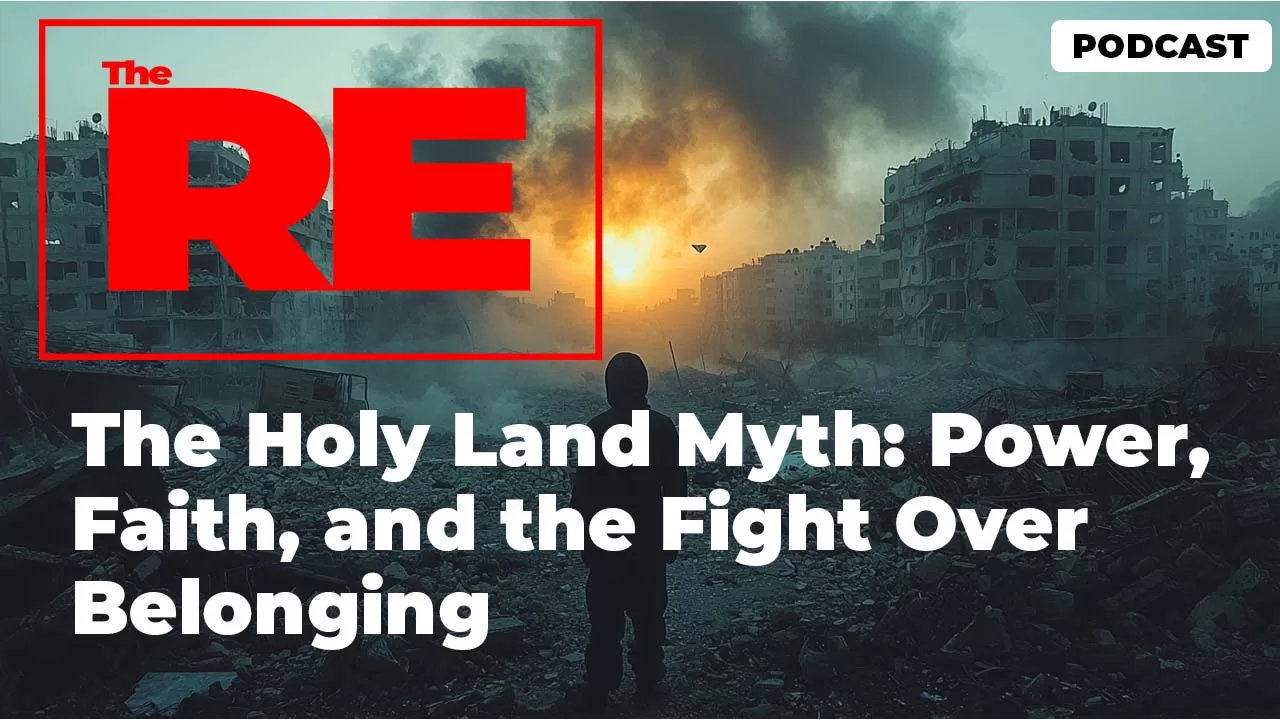
This is not breaking news. We don't report the news. We Unpack it. Explain it. And analyze what it means.
Click this button to add us to your home screen.
We Unpack. You Decide. Stay informed.
One voice. One message. One Goal. Truth
It’s always the same land.
Not the same people. Not the same armies. But always the same land. Always the same stretch of earth that the world keeps bleeding over, century after century. Jerusalem. Gaza. The West Bank. A place so small you could cross it in less than a day. And yet, generation after generation, it’s been the center of global conflict, holy declarations, and political collapse.
They call it sacred. They call it the birthplace of civilization. But when I look at it now, it feels like something else. It feels like a graveyard for belief. Not because God disappeared—but because too many people keep trying to own Him. Too many are convinced that their version of faith is the only one allowed to live there. And because of that, everyone else becomes an intruder. A threat. An enemy. And then it starts again.
I’ve been watching the headlines, watching people online tear each other apart over who’s right, who started it, who’s justified. Like this is something new. Like the latest shooting or airstrike is a brand-new chapter in some sudden story. But none of this is new. This is a cycle. A violent, heartbreaking loop dressed up as defense, cloaked in righteousness, and backed by centuries of inherited pain.
You’ve got people chanting “Free Palestine,” and you’ve got people defending Israel’s right to exist. And here’s what I believe: both sides are telling their truth. Both have roots. Both have grief. Both have real trauma, and both have been manipulated by systems that have used their suffering for agendas that go way beyond peace.
This land has been carved up by outsiders more times than anyone can count. The Crusades sent armies under the banner of the church. The Ottomans ruled with empire. The British came in after World War I and took their turn drawing borders. Then the UN stepped in, the U.S. offered its backing, and line after line was drawn on maps by people who didn’t live there, didn’t grow up there, didn’t carry the weight of what that soil means.
The result? You now have two groups—both with generational ties to the same place, both carrying wounds from betrayal, war, exile, and loss—being forced to exist inside a story that keeps reducing them to villains or victims. One narrative at a time. One news cycle at a time.
And I keep thinking: who gets to belong when belonging has been turned into a weapon? Who gets to be safe when safety is defined by control? Who gets to claim home when home is wrapped in checkpoints, rubble, and silence?
I’m not writing this to declare who’s right. I’m not writing it to offer an answer or a slogan or a side. I’m writing it because the longer I watch this unfold, the more I see how deeply the world has failed both peoples. Not just in the politics—but in the way we talk about it. In the way we ignore the history and reduce everything to hashtags and anger.
This story deserves more than that. It deserves more than headlines. It deserves more than silence. It deserves honesty. Because behind the rockets, behind the flags, behind the ancient texts and the modern speeches, there are people. Families. Children. And what they’re all being told—year after year, war after war—is that peace isn’t possible unless one of them disappears.
I don’t believe that. I believe more than one story can be true at the same time. I believe more than one people can have a claim to the same home. I believe that if we’re ever going to move forward, we have to stop choosing whose grief is valid and start asking why we keep letting pain do all the talking.
So that’s where this starts. With memory. With land. With loss. And with the courage to sit in the complexity instead of trying to solve it in a sentence.

To understand what’s happening now, you have to go back—not just a few decades, but centuries. Because this isn’t just a political conflict. It’s a long, layered collision of empire, faith, colonization, and survival.
Start with the Crusades in the 11th century. European Christian armies invaded the Middle East under the banner of reclaiming the Holy Land from Muslim control. For nearly 200 years, they launched war after war—slaughtering Jewish and Muslim civilians, looting cities, and declaring divine right over land they didn’t build, didn’t know, and didn’t understand. The goal wasn’t peace. It was domination dressed as salvation.
Fast forward to the Ottoman Empire. From 1517 to the end of World War I, the region we now call Israel and Palestine was ruled by the Ottomans. Muslims, Christians, and Jews lived under Islamic rule, often unequally, but with relative coexistence. There were tensions, yes. But the world wasn’t watching yet. The land was not yet divided by global powers. It wasn’t yet a symbol of modern nationalism.
Then World War I shattered that world. The Ottomans fell. The British stepped in.
In 1917, the British issued the Balfour Declaration—a one-page document that promised to establish “a national home for the Jewish people” in Palestine. But here’s the problem: they had already promised the same land to the Arabs in exchange for help fighting the Ottomans. And just like that, one of the most complex betrayals in modern history was set in motion.
By 1922, Britain had full control over Palestine under a League of Nations mandate. Jewish immigration, largely fueled by rising antisemitism in Europe, increased dramatically. Arab resistance grew just as fast. There were riots, massacres, and political unrest on both sides. But it didn’t stop.
Then came the Holocaust. Six million Jews murdered by the Nazis. The world watched it happen. And after the war, guilt ran deep—especially in Europe and the U.S. And so, in 1947, the United Nations passed Resolution 181: a plan to partition Palestine into two states—one Jewish, one Arab.
The Jewish leadership accepted it. The Arab leadership did not. War broke out.
In 1948, Israel declared independence. And in the violence that followed, more than 700,000 Palestinians were displaced or forced to flee. Villages were wiped out. Families were scattered. That moment is remembered by Palestinians as the Nakba—the catastrophe. And for Jewish survivors of the Holocaust, it was finally a beginning. A homeland. A place where they could exist without fear.
Two truths. One land. And a wound that never closed.
In 1967, Israel won the Six-Day War and took control of the West Bank, Gaza Strip, and East Jerusalem—territories that Palestinians hoped would form their future state. Since then, those areas have remained occupied, policed, and fractured—surrounded by checkpoints, settlements, and barbed wire. Gaza, in particular, has been under an air, land, and sea blockade since 2007.
Today, the imbalance is real. Israel is a nuclear-armed state with U.S. military backing, a high-tech defense system, and full control over borders, movement, and trade. Palestinians live under military occupation, often without citizenship, subject to laws they didn’t vote for, in a state that doesn’t officially exist. Their economy is broken. Their youth are traumatized. Their options are limited.
But still—both peoples call this home.
That’s what makes this so complicated. And so heartbreaking. This is not a fairytale. This is not good versus evil. This is a decades-long spiral where pain is inherited, and history keeps getting rewritten by the side with the louder microphone.
And now, with every bomb, every shooting, every tweet, the world gets louder, but not wiser. Because people don’t want to understand. They want to be right.
But there’s no easy truth here. Only the one nobody wants to say:
More than one story is true. More than one people has suffered. And until that’s admitted out loud, this cycle is going to keep spinning.
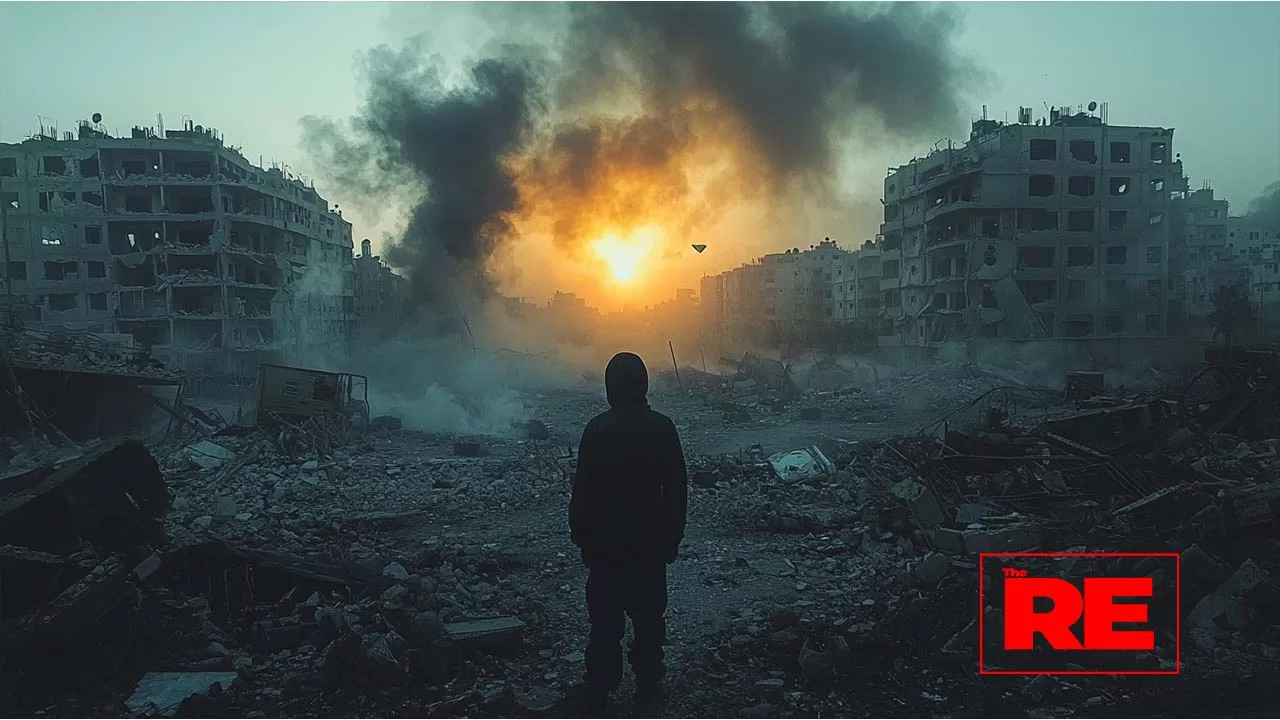
It’s easy to frame this as a foreign problem. To act like what’s happening between Israel and Palestine is something far away, detached from our lives here. But when I really sit with it, I see the echoes everywhere. I see it in how we talk about race in America. I see it in how we process grief, how we pick sides, how we hold onto our own trauma while ignoring someone else’s. What’s happening there isn’t just about land—it’s about identity, history, survival, and the way the world keeps breaking people into categories that were never built to hold them.
In the U.S., the conversation around this has become a landmine. People are afraid to speak because they don’t want to say the wrong thing, or they know that whatever they say is going to be misinterpreted. You criticize Israeli policies and suddenly you’re called antisemitic. You talk about Palestinian displacement and you’re accused of supporting terrorism. There’s no space to hold complexity. No space to say, “This is painful on both sides.” It’s all outrage. All binary. All weaponized narratives. And in the middle of that storm are real people who are just trying to survive.
The people in Gaza are living under blockade—cut off, surveilled, and surrounded. Their homes get bombed. Their power goes out. Their hospitals are under-resourced. Their passports don’t exist. Their children grow up with drones in the sky and no promise of future. On the other side, Israeli families are teaching their kids where the safe room is. They’ve got rocket apps on their phones and trauma baked into every generation. They carry the memory of genocide while trying to maintain a nation that’s constantly under threat. Both peoples are trapped inside a trauma that isn’t just historical—it’s present, it’s personal, and it’s getting passed down.
But when people try to speak about both at the same time—when they try to say that more than one people is suffering—it gets drowned out. Because this conflict isn’t just physical. It’s rhetorical. It’s about whose grief gets headlines. Whose stories get centered. Whose pain gets validated. The war isn’t just over land. It’s over language. Over narrative. Over memory. And the more we let politicians, media outlets, and armchair commentators frame it in absolutes, the more impossible the future becomes for the people who actually live in it.
The truth is, we are watching two groups of people bleed from the same wound, but from different angles. One is trying to hold onto safety. The other is trying to return to home. Both feel like they are being erased. Both feel like they’ve been betrayed. And in that space, it becomes easy to justify more violence. Because when survival feels like a zero-sum game, empathy feels like surrender.
What I keep coming back to is the cost of silence. The cost of picking a side just because it’s easier than dealing with the full weight of what’s really going on. We’ve all been trained to look for clean answers, to find a villain and a victim. But this story doesn’t work like that. There’s no ending where one group walks away whole and the other disappears quietly. That’s the fantasy. The reality is, peace will only come when more than one truth is allowed to stand.
This war is not about right versus wrong. It’s about two people who were both promised the same land, both scarred by history, and both being told they can’t coexist. But what if that lie is the very thing keeping the cycle alive? What if the goal was never coexistence, but control? What if the violence isn’t failure, but design?
I don’t know how it ends. I’m not claiming to have the answer. But I know this: if we can’t even say that both sides are hurting without getting attacked, then we’re not ready for peace. We’re not ready for justice. And we’re not being honest about what it really costs to keep letting this story play out like a rerun that nobody’s willing to turn off.
So that’s where I’ll leave it for now. Not with a solution, but with a reflection: this isn’t just a conflict. It’s a reckoning. A reckoning with memory, with power, with faith, and with the ways we keep choosing control over healing. And until that shifts, the land will keep burning, and the people will keep burying their futures in the name of their past.
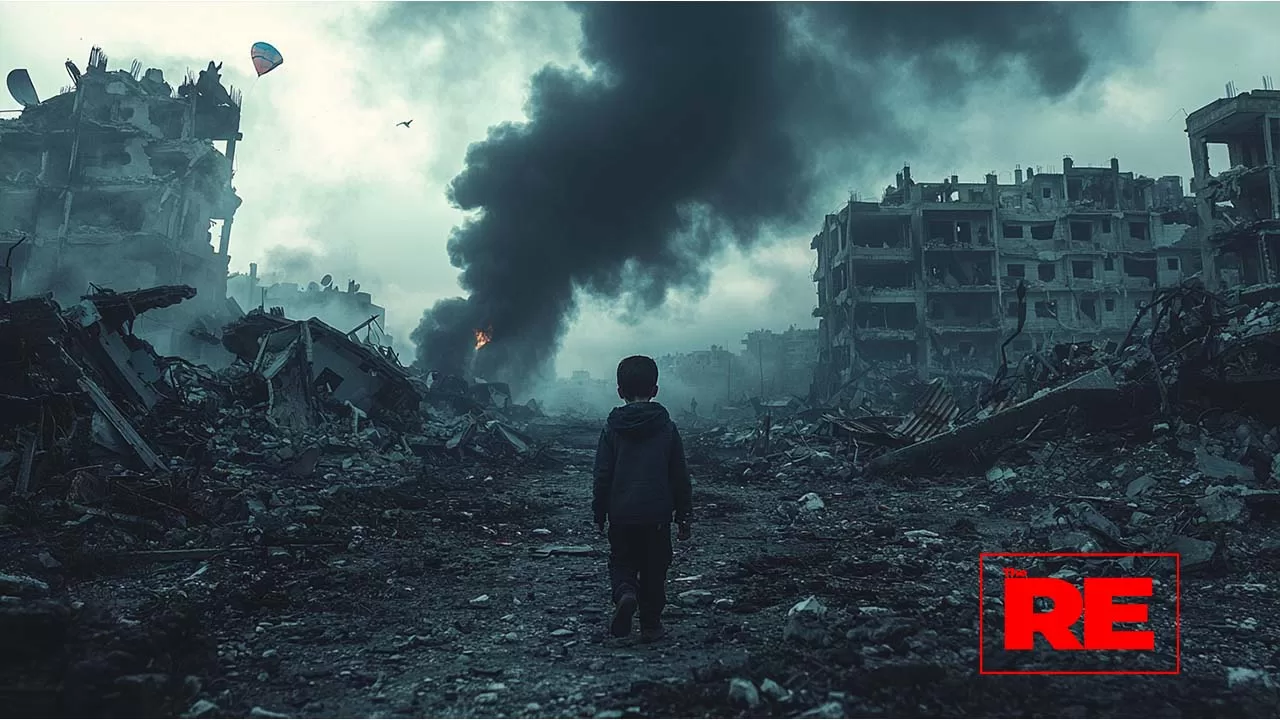

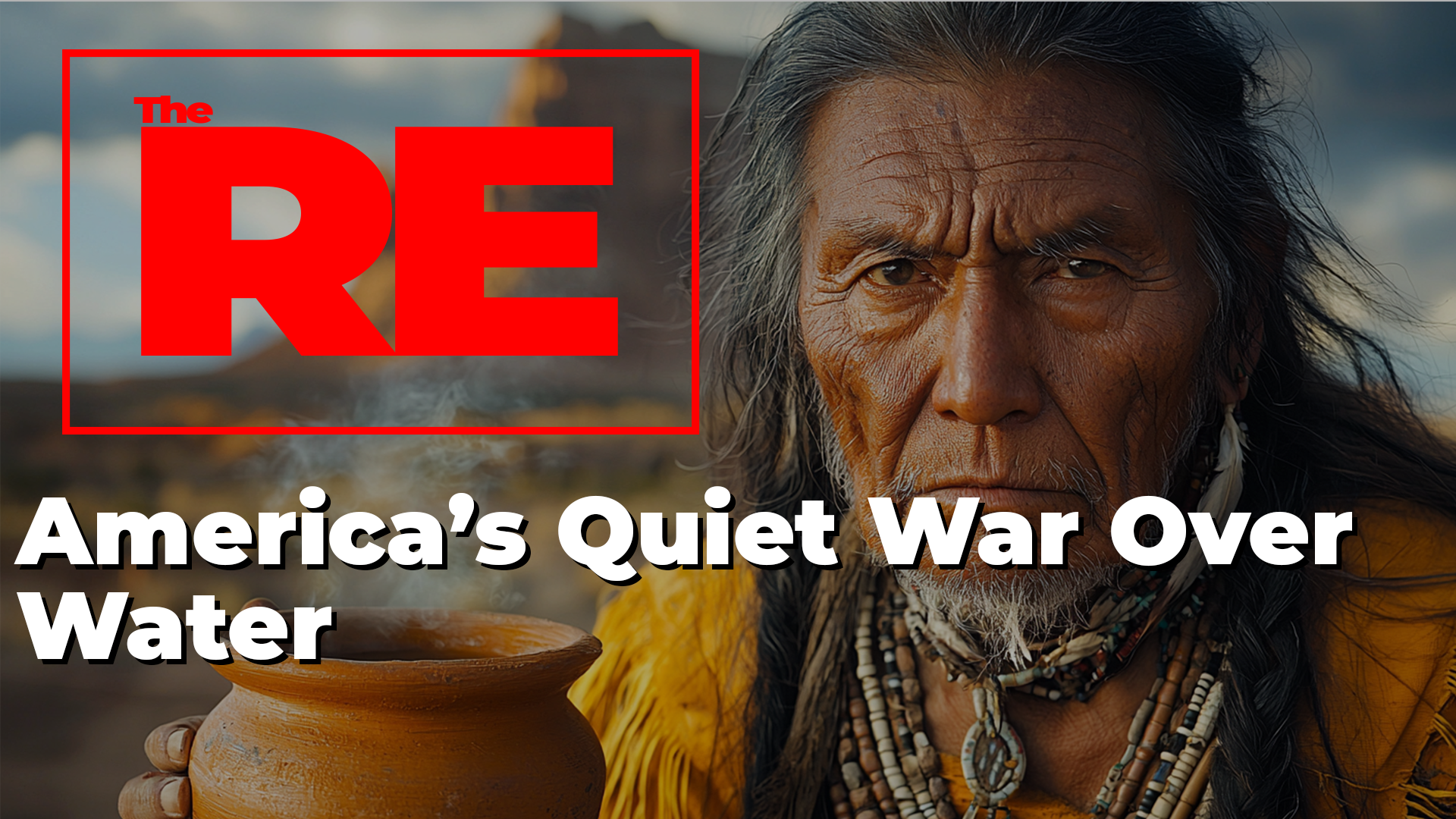
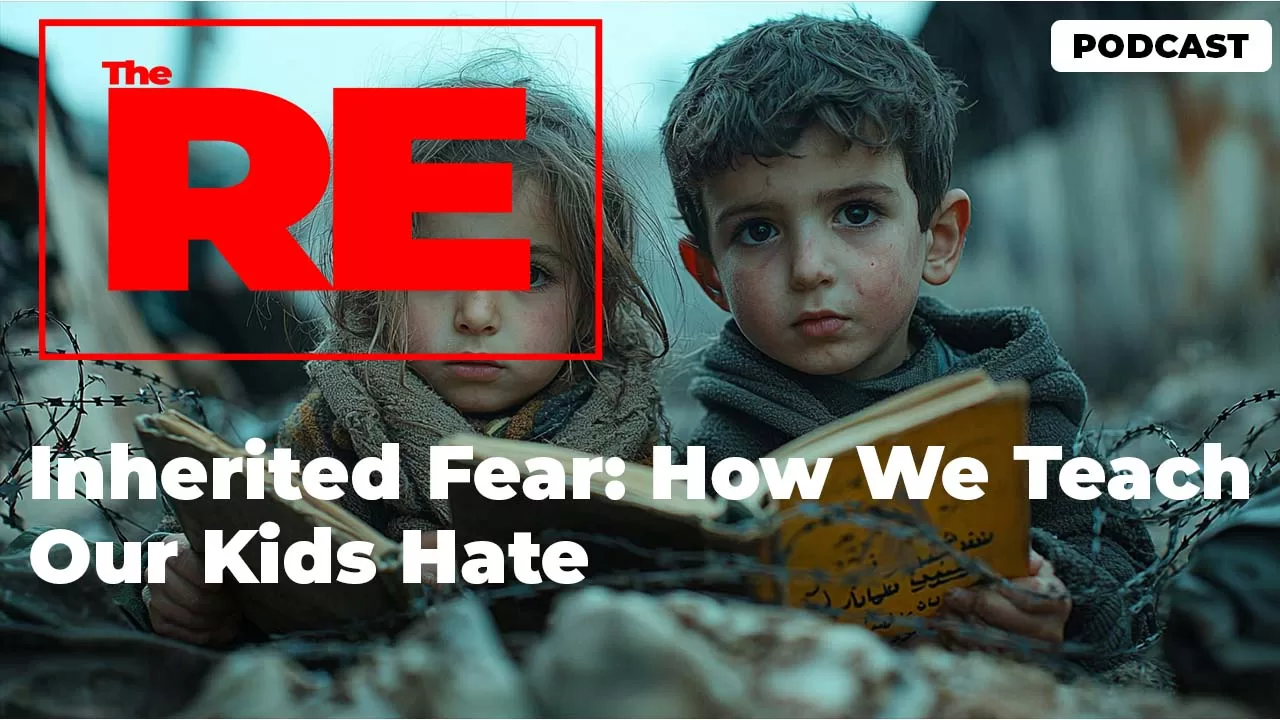
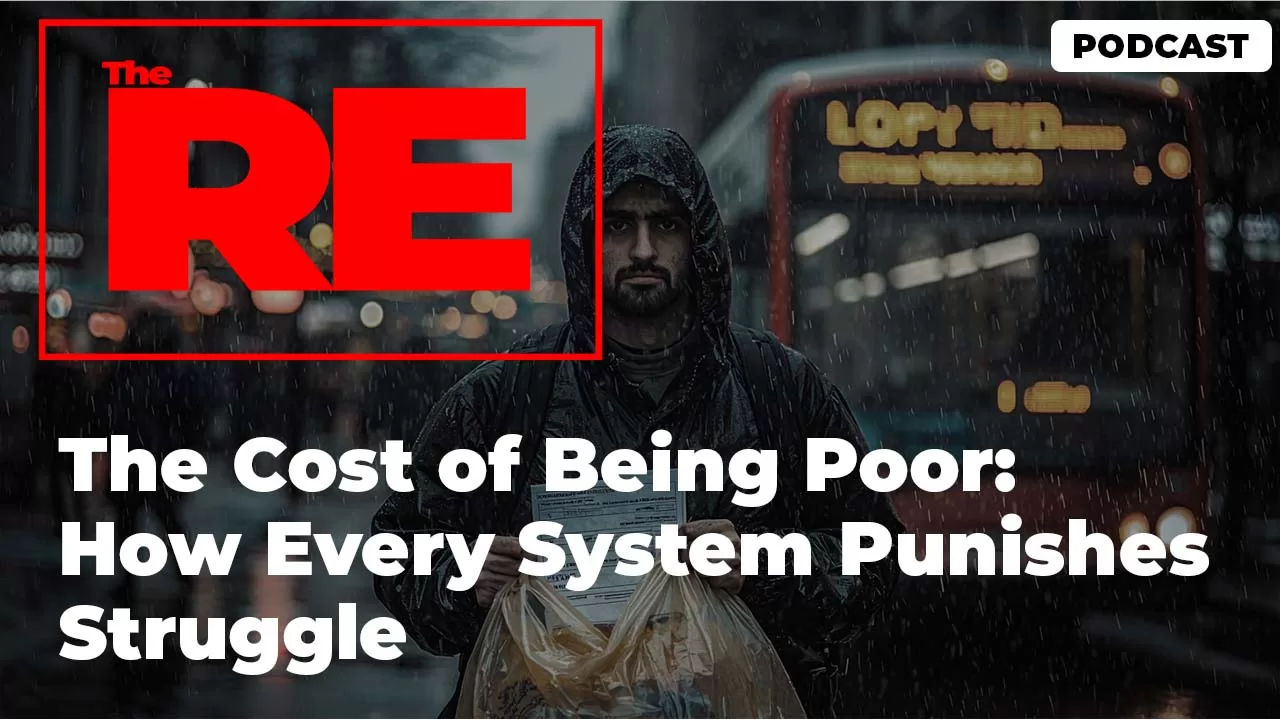

 and then
and then